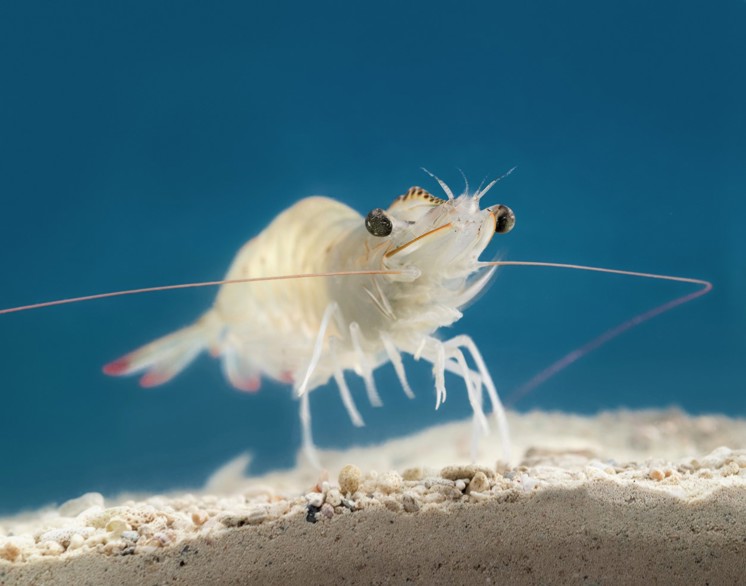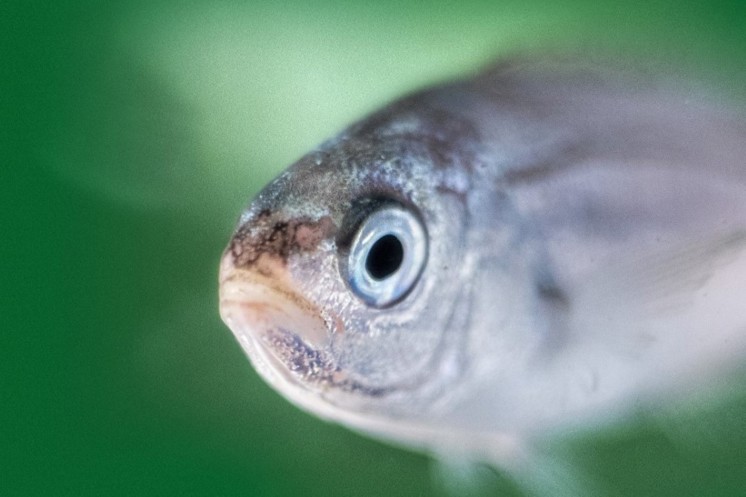Why do aquaculture species grow quickly?
In aquaculture, all of the production factors are optimised. This makes it possible for farmed species to reach market sizes faster than wild species. This focus ensures that aquaculture can increasingly meet the food demands of a growing global population. At Skretting, our expert scientists at Skretting Aquaculture Innovation (AI) have detailed knowledge of the nutritional, health and feed needs of the species we provide feed for. Extensive R&D programs mean that we can optimise each feed to maximise fish and shrimp performance while ensuring they stay healthy.
The diets of farmed fish and shrimp are closely managed in terms of quantity and quality with a strong focus on achieving the right balance between growth rates and optimal resource use. By providing these animals with all of the nutrients that they require at regular intervals and guaranteeing an optimal farm environment, it is possible to speed up the growth cycle in comparison with those targeted in wild-capture fisheries.
Frequent questions on animal health and welfare
Why do aquaculture species grow quickly?
In aquaculture, all of the production factors are optimised. This makes it possible for farmed species to reach market sizes faster than wild species.
Are farms healthy environments for producing fish and shrimp?
Aquaculture farming systems must comply with extremely strict requirements designed to safeguard animal welfare, hygiene and safety. These also ensure a wide range of characteristics are optimised, including water and waste management.
Is low fish meal/fish oil content in feeds harmful to fish and shrimp?
No. The latest feed formulations are specifically designed to give aquaculture species all of the nutrients that they need in order to optimise their health and growth performance, and to ensure end-product quality.

